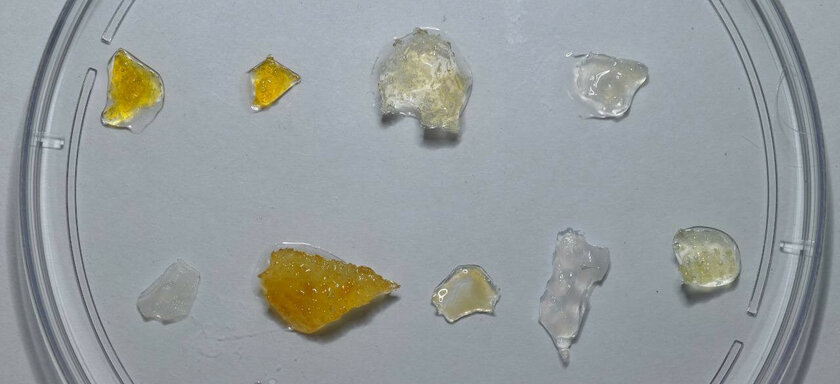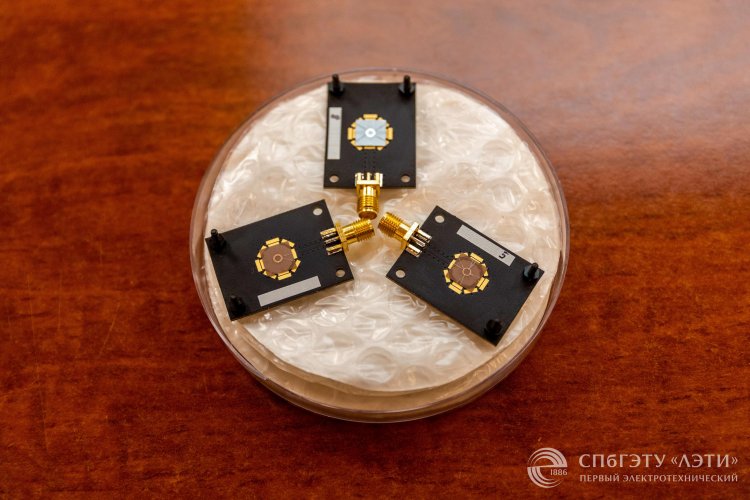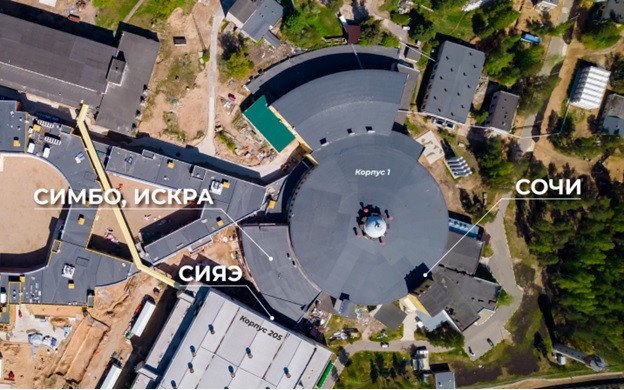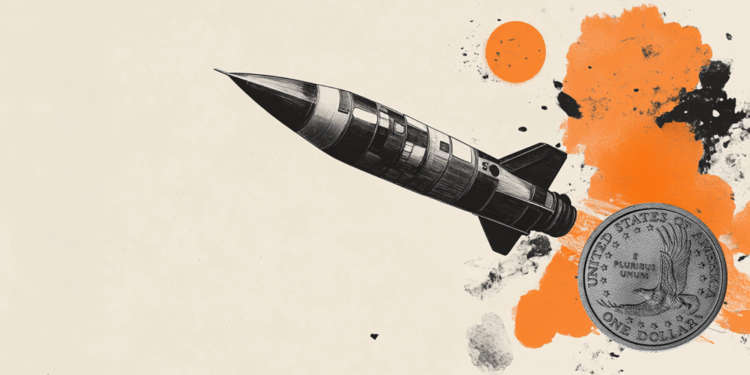In September, Russian scientists developed a hybrid power generator for hard-to-reach regions of the country, learned how to build a 3D model of the heart in just 20 seconds, created a new type of biodegradable gel, developed a new model for assembling microaccelerometers, and also reported on work at the unique NICA accelerator complex.
💡 This is a material from the “Made in Russia 🇬🇺” cycle, which describes the main domestic inventions, as well as important events in various fields of science and industry in Russia.
We have developed a renewable energy generator for the needs of the Arctic
💡 In simple words
People are increasingly trying to switch to renewable energy sources. However, diesel power generation is still one of the most demanded in Russia. At the same time, the delivery of diesel fuel to hard-to-reach areas, for example, to the Arctic zones, is a rather expensive and logistically difficult task. Scientists from St. Petersburg decided to start a gradual transition from one type of fuel to another by creating hybrid power generation systems. Taking conventional diesel generators as a basis, they integrated solar and wind energy storage systems into them. In addition to the accumulation and generation of electricity, the device can also be used as an energy equalizer for industrial enterprises (save energy during non-working hours and give it back during peak loads).
👨🔬 Detail
Traditionally used for power generation, diesel synchronous generators have significant inertia, as they have a massive rotating rotor. The renewable energy inverter has low inertia, and the voltage at its output changes almost instantly. With the simultaneous operation of two devices in a common network at different speeds of response to load changes, unwanted voltage and power fluctuations may appear. To avoid this, the inverter dynamics must be slowed down.
Ruslan Migranov from Saint Petersburg Electrotechnical University “LETI” suggested using the virtual synchronous generator method. When there is no sun or wind, the inverter turns off and then on. However, here you need to maintain the smoothness of the system in order to prevent overloads during frequent switching. A model of a fully working parallel operation of a diesel generator and a DC source (inverter) with batteries, keys and a load was presented in September.
Learned how to build a 3D model of a patient’s heart right before surgery
💡 In simple words
In St. Petersburg, the technology has been significantly improved, which allows creating a model of the heart and its main vessels on the basis of computed tomography right before the operation. Previously, it took specialists at least two hours to convert a CT scan into a highly accurate digital model. Employees of the Polytechnic University have developed an algorithm that does the same thing in just 20 seconds. This will allow doctors to evaluate the effectiveness of the surgical intervention before surgery and draw up an optimal procedure plan.
👨🔬 Detail
Interestingly, after creating a 3D model, surgeons have the opportunity to print it on a special 3D printer using photopolymer resin. Due to the plasticity of the material, the heart model is similar to organic tissues both anatomically and structurally. In just a few hours, a ready-made prototype of the heart is obtained, on which specialists can conduct a trial operation, which will help to avoid unforeseen errors. To ensure such incredible accuracy, scientists had to abandon universalization and hone the algorithm for converting CT to a digital model exclusively for the heart. The selected materials and printing mode are also suitable only for a specific body.
At this stage, the developed technology is already being promoted among cardiac surgeons of the St. Petersburg State Pediatric Medical Institute. By the way, such accurate models are a good addition to training at medical universities – students will be able to study not only the structure of an organ, but also the anatomy of a defect using specific examples, as well as simulate basic surgical interventions and work out possible methods of treatment. At the Polytechnic University, teams are being assembled to develop similar algorithms for other bodies.
Created the latest biodegradable gel

💡 In simple words
Novosibirsk has developed a carrier gel, a unique biodegradable product that can be used in medicine and the agricultural industry. It looks like a porous sponge with different pore sizes. It is convenient to apply to the wound, can be encapsulated as a tablet, it passes the acidic environment of the stomach and can dissolve in the alkaline environment of the intestine. At the same time, the dissolution rate can be controlled, unlike capsules on the market, which break down in the stomach in 15 minutes, which is why most drugs do not reach their destination. The gel can be of different consistency, which is a unique achievement, because in crop production there have not yet been dry analogues of the gel (there are only liquid ones, of which there are quite a few).
👨🔬 Detail
The multifunctional carrier gel of the Novosibirsk State Technical University is created on the basis of the organic substance chitosan, which is found in insects. Further, it can be combined with a variety of active ingredients. For example, phage particles of viruses, probiotics, prebiotics or metabolites, which are well retained by capillary forces in the gel. Unlike the usual methods of delivering active substances (capsules), the gel allows you to protect them from ultraviolet radiation or the acidic environment of the body. Also, due to the porous structure, the product is able to first absorb the liquid from the wound, and then release the therapeutic component, which heals the wound. In addition, the gel can be made more liquid or solid, depending on the tasks.
For example, in the agricultural industry, semi-liquid gel microgranules can be used with the components necessary for seed treatment, as well as dry ones for plants. Where it is now necessary to constantly treat plants with a canned liquid product, this gel can be used, which will prolong the action of the components and thereby reduce the economic costs of using fertilizers. Another important factor is the price of domestic gel – it is 10 times lower than the closest foreign analogues. The project is being implemented as part of the Priority 2030 federal program.
We have developed a sensor that increases the reliability of the driver protection system during an accident

💡 In simple words
An accelerometer is a sensor that can be used to measure the acceleration of any object. Thanks to it, smartphones and tablets can synchronize the screen orientation with the physical position of the device in space, unmanned vehicles navigate the roads, and so on. At the moment, the transport and logistics system is developing especially rapidly: there is a decrease in storage space, an increase in the speed and dynamics of trade, a decrease in size and automation of means of delivering goods to the end consumer.
All this requires the development of a new generation of inertial navigation and motion control systems: compact, without any moving parts, shock and vibration resistant, capable of accurately recording the movement of objects even at high accelerations and overloads. Modern microaccelerometers are quite accurate, but they cannot detect high accelerations, and also have low resistance to overloads. Specialists from St. Petersburg were able to correct these shortcomings, thus expanding the scope of such devices. Among the main ones is motor transport. The microaccelerometer can be used in the operation of safety systems for car passengers in case of accidents at high speed.
👨🔬 Detail
The mechanism of operation of the improved sensor is based on the so-called interdigital transducer (IDT) – this device, located on a piezoelectric material, is capable of converting electromagnetic waves into surface acoustic waves, thanks to which the acceleration acting on the object can be recorded with high accuracy. At the same time, the IDT has a much more reliable design compared to other types of accelerometers that use movable spring mechanisms. It is due to this that he is able to withstand the strongest overloads. A device was created on a lithium niobate substrate 0.35 mm thick and no more than 6 mm in diameter.
The material was chosen on the basis of mathematical and computer modeling data. Despite the fact that the new device solves both problems of existing accelerometers, it has one that prevents it from immediately being put into mass production – low measurement accuracy at low acceleration values. It is on the solution of this issue that St. Petersburg Electrotechnical University “LETI” is now working.
Reported on the work at the unique NICA accelerator complex

💡 In simple words
The Joint Institute for Nuclear Research (JINR) in the science city of Dubna, Moscow Region is creating a unique infrastructure for applied research using heavy ion beams at the NICA accelerator complex. There will be solved not only the problems of fundamental physics, but also the problems of life sciences, radiation materials science, testing of electronics for radiation resistance and development of advanced nuclear energy technologies.
👨🔬 Detail
The project is being implemented in several stages. The first of them was completed back in December 2021, when the SOCHI station (Chip Irradiation Station) was launched to irradiate decapsulated microcircuits (with an open case) with ion beams with an energy of 3.2 MeV / nucleon. They are going to test electronics for long-distance flights into space, while studying not only functional changes, but also structural damage to semiconductor materials. In addition, data on the irradiation of materials with beams of charged particles of relatively low energies will help scientists in the field of ion implantation on thin structures (a technology for creating modern composite materials).
Three other facilities are currently under construction. The ISKRA station (Testing station for components of electronic equipment) will also be designed to determine the radiation resistance of the component base and work in the field of radiation materials science, but using medium-energy charged particle beams (from 150 to 500 MeV / nucleon). Station SIMBO (Station for the study of medical and biological objects), as is clear from the decoding of the abbreviation, is intended for research in the field of life sciences. It will use accelerated ions with energies on the order of 500-1000 MeV/nucleon. The SNER Station (Nuclear Energy Research Station) will help in solving topical issues of nuclear technologies related to energy production and nuclear waste disposal, where high-energy (up to 4 GeV/nucleon) beams of light ions are used.
In addition, scientific collaborations are being formed right now at the NICA complex itself. Even before the full-scale launch of all irradiation stations, various international organizations express the most serious intentions up to the creation of their branches in Dubna. Three collaborations have already been formed: ARIADNA-LS for applied research in the field of life sciences, ARIADNA-MSTE for radiation materials science and electronics testing, and ARIADNA-NPT for the development of advanced technologies for nuclear energy. Research in the field of radiation biophysics, space and aerospace medicine, the treatment of tumor diseases, the creation of high-temperature superconducting cables, the transmutation of spent nuclear fuel, and others are recognized as promising.
Source: Trash Box
Johanna Foster is an expert opinion writer with over 7 years of experience. She has a reputation for delivering insightful and thought-provoking articles on a variety of subjects. Her work can be found on some of the top online news websites, and she is currently lending her voice to the world stock market.







